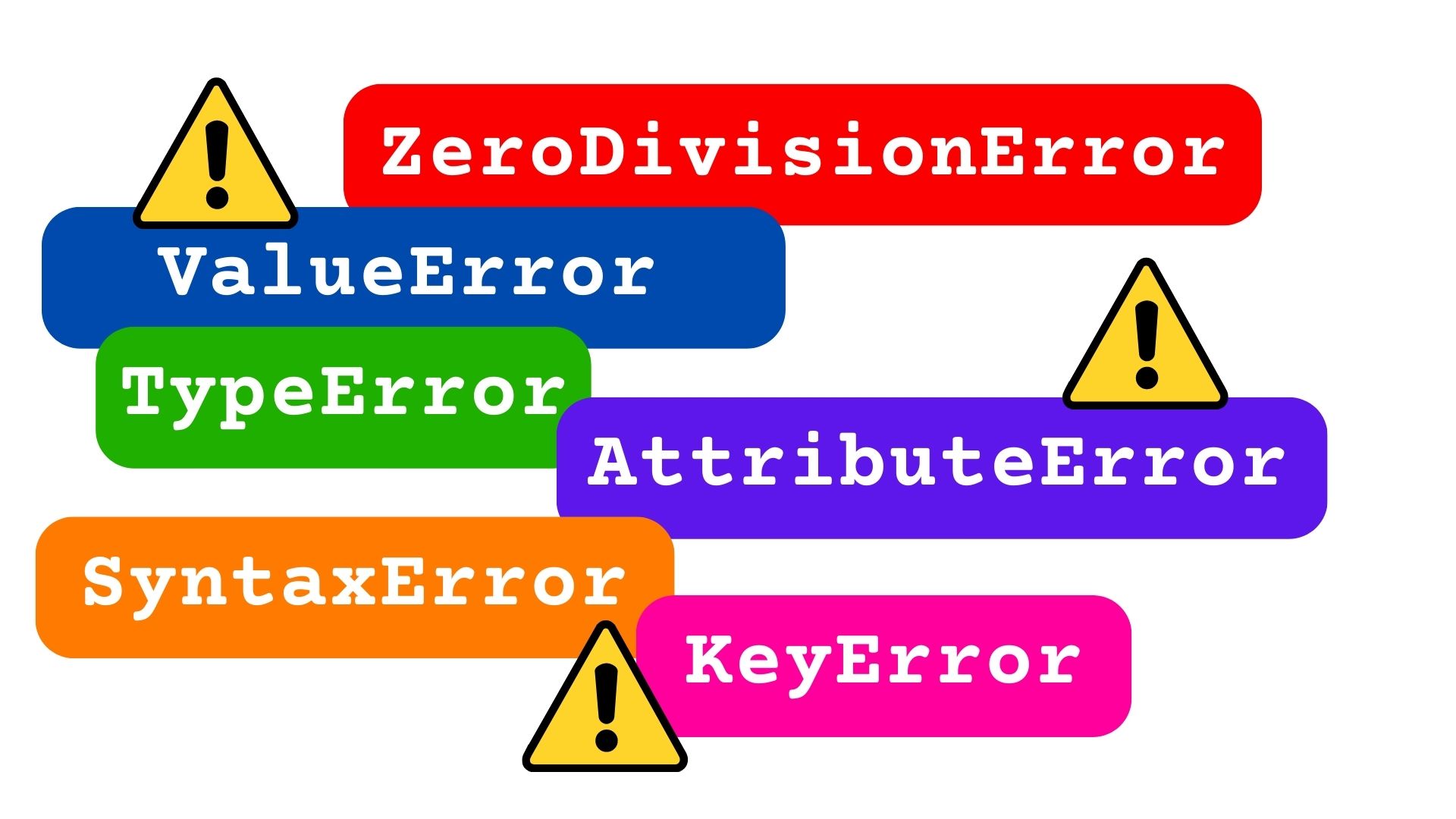Ensuring Code Execution with the 'finally' Block
When it comes to exception handling in Python, the finally block plays a crucial role in ensuring that specific code executes regardless of whether an exception occurs or not. This powerful construct provides a reliable mechanism for performing cleanup tasks or actions that should always be executed, regardless of the outcome of the code block.
The finally block is typically used in conjunction with the try and except blocks. The code within the try block is monitored for any potential exceptions, and if an exception occurs, it can be caught and handled in the corresponding except block. However, no matter what happens inside the try block, whether an exception is raised or not, the code within the finally block is guaranteed to execute.
One common use case for the finally block is to release resources or perform cleanup operations, such as closing files, database connections, or network connections. By placing the code responsible for resource cleanup inside the finally block, you ensure that these critical tasks are performed, even if an exception is raised within the try block.
Additionally, the finally block allows you to maintain a consistent state or perform actions that are essential for your program's correct operation. For example, you might need to reset certain variables, log information, or update external systems, regardless of the occurrence of exceptions.
By using the finally block, you can achieve a higher level of robustness and reliability in your code. It provides a safety net to handle exceptional situations gracefully while ensuring that necessary actions are taken, irrespective of whether an exception is encountered or not. With this powerful construct, you can write code that adheres to best practices in exception handling and guarantees the execution of critical code sections.
Example - Exception Handling with Finally Block in a To-Do List Program
Let's learn how to use finally in a program. Let's say that we want to develop a To-Do List program. When developing a To-Do List program in Python, it's crucial to incorporate the finally block along with exception handling to ensure proper cleanup and resource management. The finally block allows you to execute code regardless of whether an exception occurs or not. Let's enhance our To-Do List program example by adding the finally block:
def add_task(task_list, task):
try:
task_list.append(task)
print("Task added successfully.")
except AttributeError:
print("Invalid task list.")
except Exception as e:
print("An error occurred:", str(e))
finally:
print("Add task operation completed.\n")
def remove_task(task_list, task_index):
try:
task_list.pop(task_index)
print("Task removed successfully.")
except IndexError:
print("Invalid task index.")
except Exception as e:
print("An error occurred:", str(e))
finally:
print("Remove task operation completed.\n")
# Usage:
tasks = []
add_task(tasks, "Complete assignment")
add_task(tasks, "Buy groceries")
add_task(tasks, 123) # Raises a TypeError
remove_task(tasks, 0)
remove_task(tasks, 2) # Raises an IndexError
In this updated example, the finally block is added after each except block within the add_task and remove_task functions. The code within the finally block will always be executed, regardless of whether an exception occurs or not.
By utilizing the finally block, we can ensure that any cleanup or finalization tasks, such as closing files or releasing resources, are performed even if an exception is raised. This helps maintain the integrity of the program and ensures that all necessary operations are completed, regardless of any exceptions encountered.
Feel free to customize the finally block to include additional cleanup actions specific to your To-Do List program, such as saving data or closing database connections. The finally block provides a reliable mechanism to handle cleanup operations in situations where exceptions may occur.

